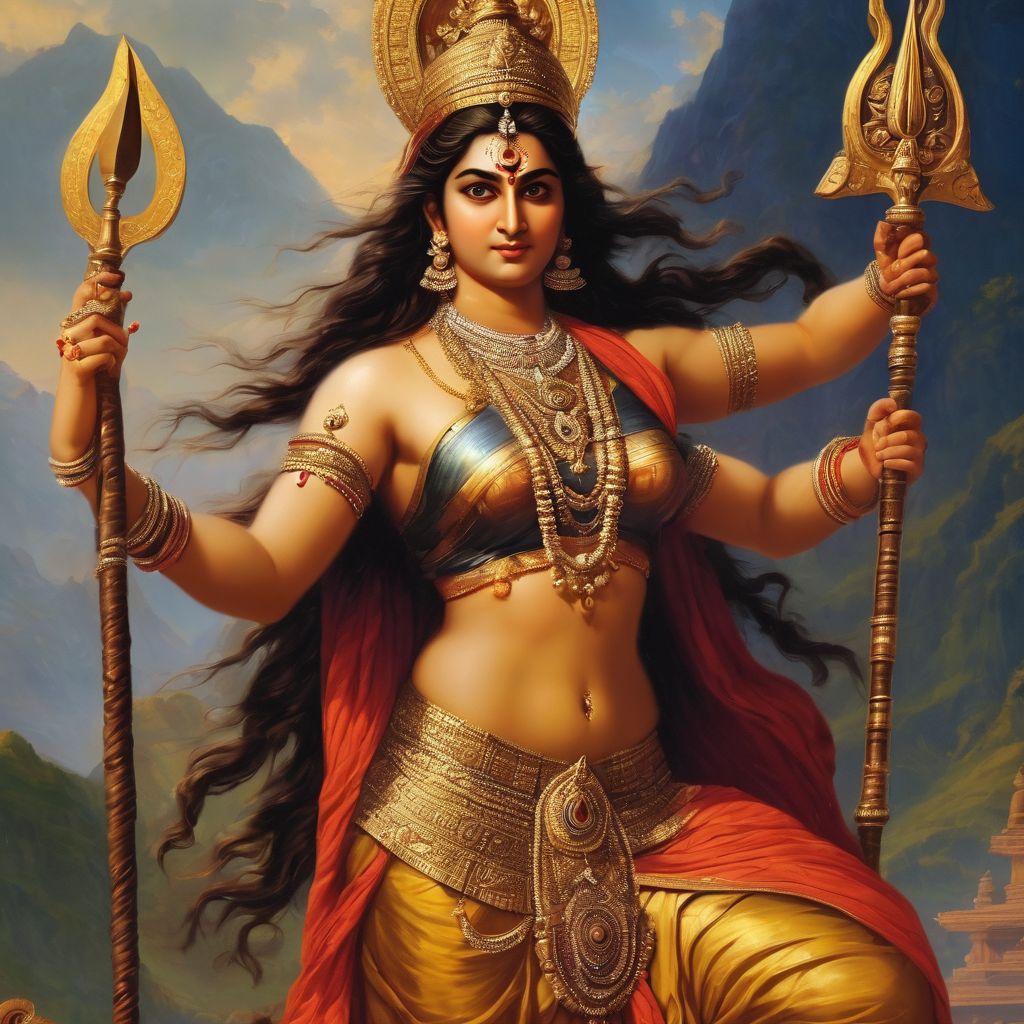Kali Puja, the worship of the formidable goddess Kali, is a distinctive and vibrant festival celebrated with grandeur, especially in West Bengal when devotees honor the fierce aspect of the Divine Mother, seeking her blessings and protection.
Ancient Roots of Goddess Kali
It’s common to associate Kali with Parvati, the spouse of Lord Shiva. Kali originates from the Indian word kala literally means time, “death”. Time is inexorable and eats up all things before it as demonstrated by kali. This goddess is usually portrayed as a black-skinned woman who wears a garland of human skulls from which she lolls out an awful tongue.
There are several mythological accounts attached to such a celebration among them that of her beating him in his own game. Legend has it that one drop of Raktabija’s blood could create another demon. He almost defied gods who were quite difficult to conquer.
Faced by this appalling scenario, Goddess Kali sprung forth from angry Durga’s corrugated forehead in an effort to vanquish Raktabija. Atrocious fight of Kali who killed an evil spirit, drank blood from it to stop its increase in number. Such a success cemented Kalii’s reputation as a terrible guardian of the deities.
The history and tradition of Kali Puja or Shyama Puja stretches back years from West Bengal. Although the traditional ritual of the worshipping of Goddess Kali has been there for ages, it gained its popularity as a festival during the reign of the nawabs of Bengal in the eighteenth century. Raja Krishnahchandra of Navadwipa, who was an ardent worshipper of Mother Goddess Kali, contributed significantly towards its emergence as a popular one among the people.
The fiercest manifestation of the goddess is invoked during the elaborate rituals held on Kali Puja. The goddess has a brown skin, sporting a wreath consisting of decapitated demons’ heads and brandishing multiple weaponry. This image represents an absolute opposite image of her as shown in her benign form portrayed during Durga Puja.
Kali Puja is held on the new moon day during the month of Kartik where people celebrate this festival in October or November every year. It incorporates many processions, cultural shows and millions of lit lamp oil and diyas.*/
Such celebration takes place in many places in west Bengal, especially in Kolkata. Pandas are elaborate temporary structures, which host the image of Kalai. People dressed in traditional wear will crowd pandals to make their prayer offerings and watch the grand celebration.
Significance of Kali Puja
The occasion, known as Kali Puja is actually a worship of terrible yet vigorous face of The Divine Mother. It serves as a manifestation of goodness overcoming and annihilating negativism. Kali is invoked by devotees for power, bravery, and the elimination of impediments in life.
Apart from providing entertainment, the festival possesses an ethnic significance being a reflection of the cultural past of Bengal. Artistic decorations, live traditional music and dances, and the vigor with which these festivities are conducted reveal the uniqueness of this land.
Kali Puja is more than a religious ritual, it is culture and spirit manifestation of Divine Mother who could not be defeated or weakened. Since its history stems from ancient mythologies and the devotedness of generations of people it keeps inspiring respect and a sense of mystery even today. Kali Puja is a demonstration of the strength of its deity and the steadfastness of its worshipers.

